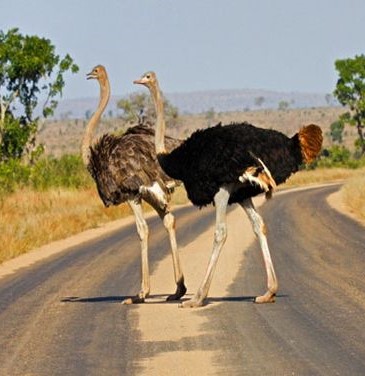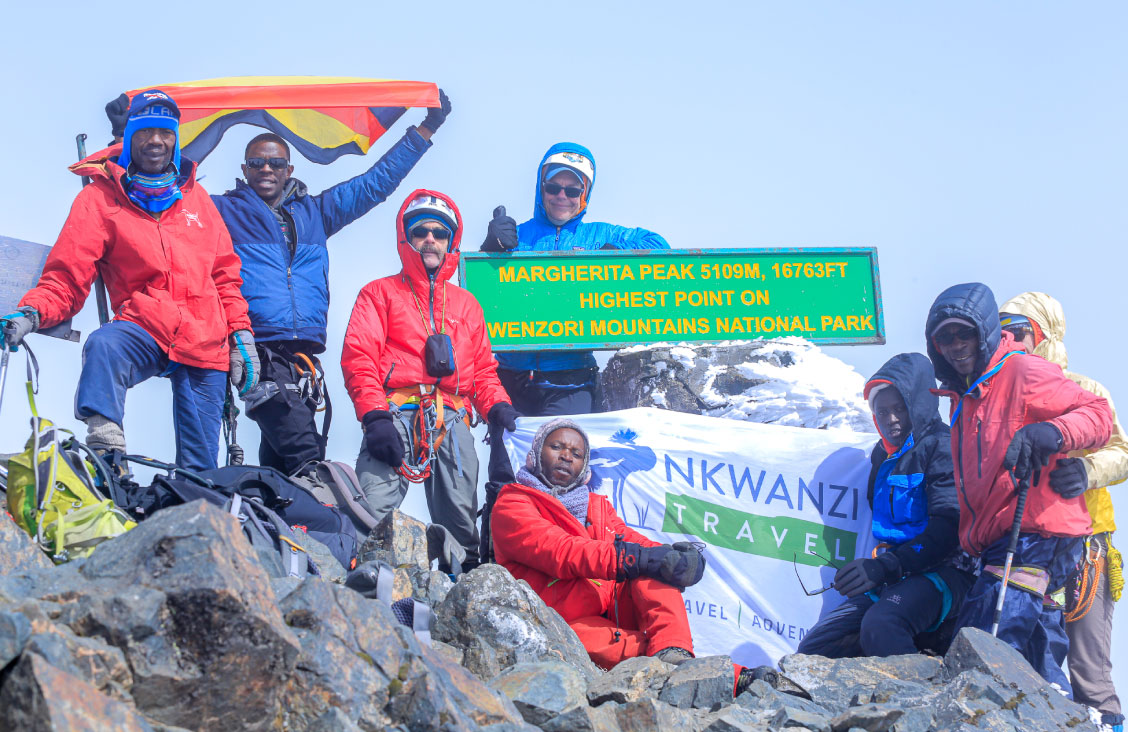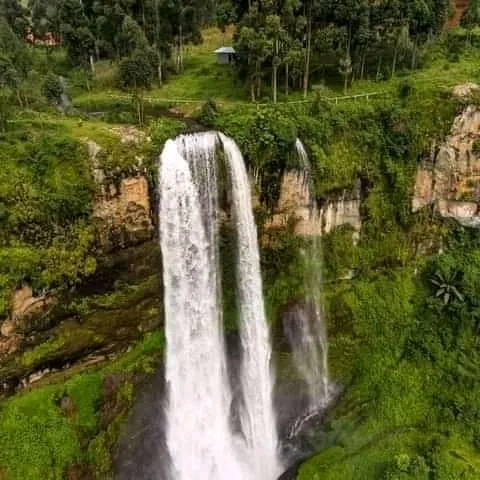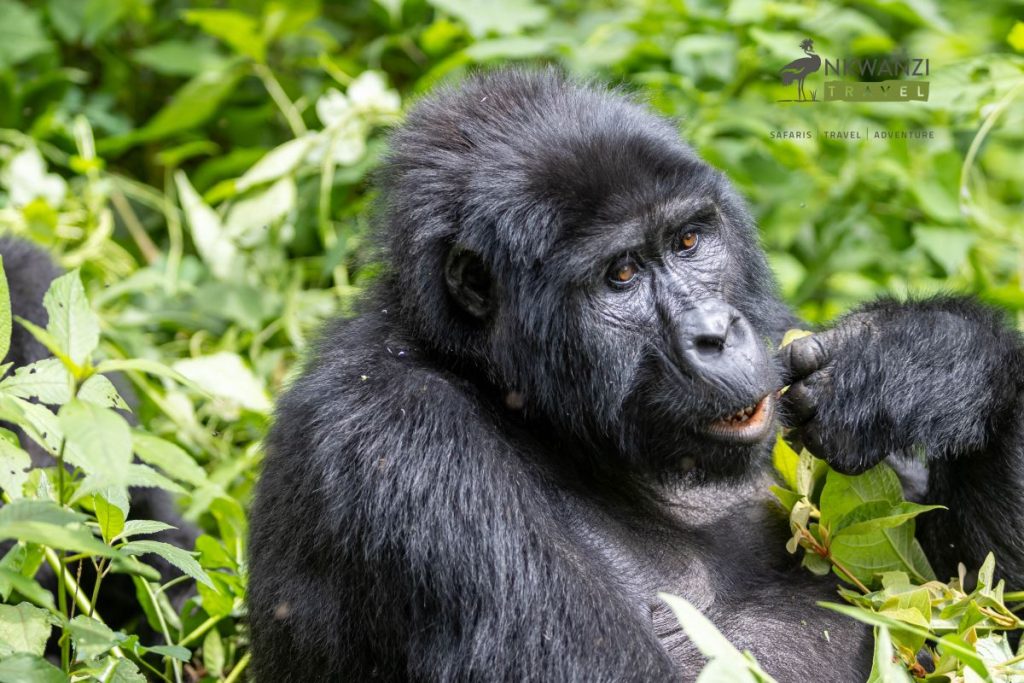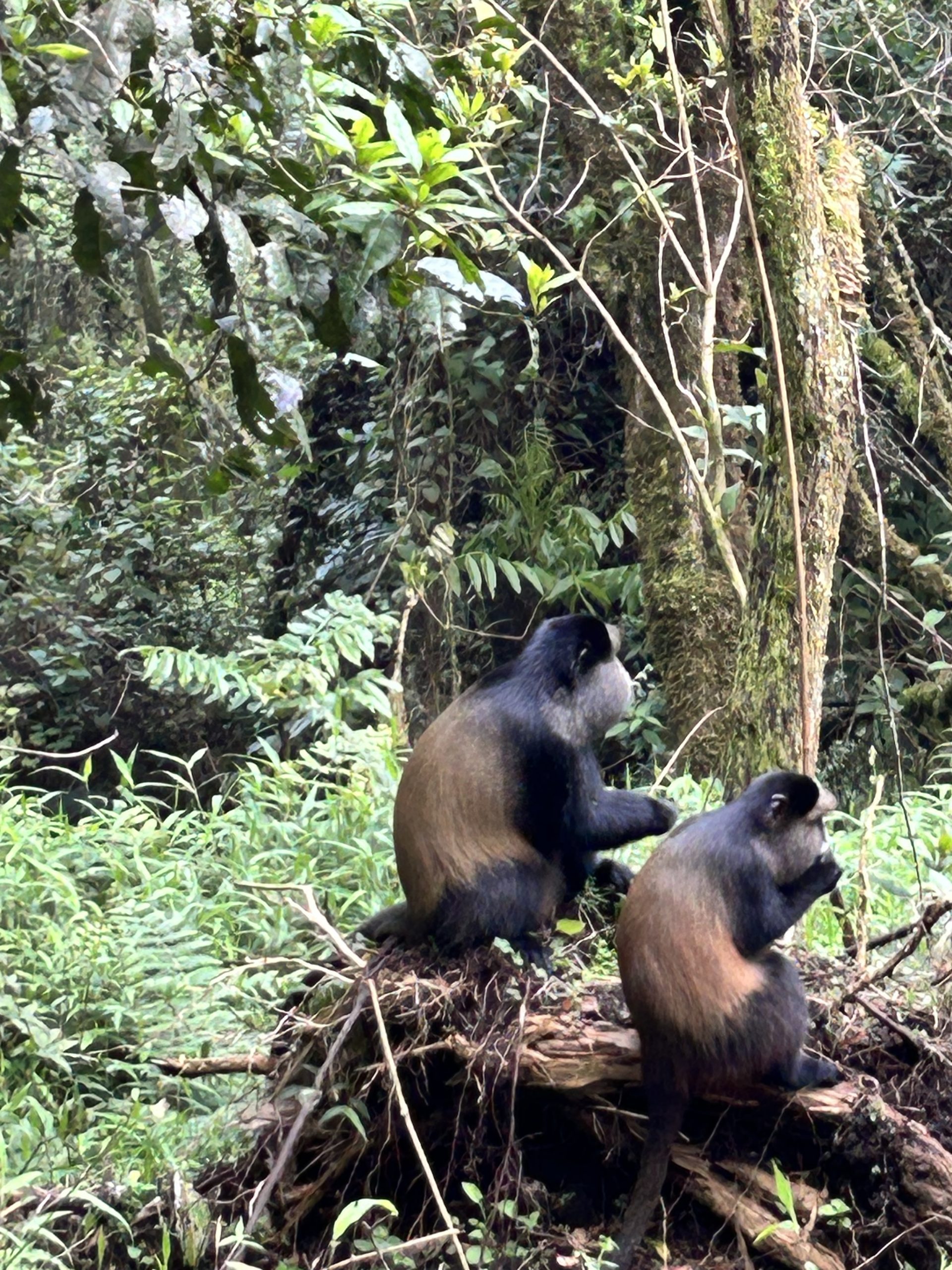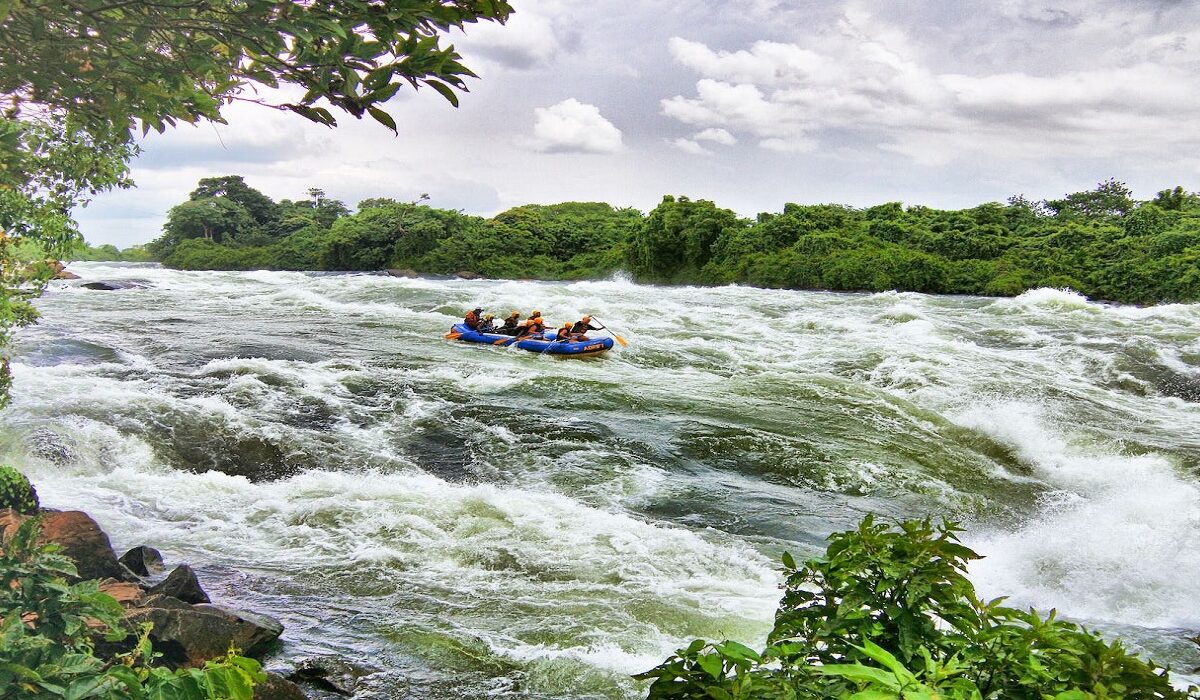Kidepo National Park
Kidepo is Uganda’s third largest national park. It is home to 77 mammal species and the park offers great opportunities for game viewing.
20 species of predator are present, including lion, leopard, and spotted hyena.
In Uganda, black-backed jackal, bat-eared fox, aardwolf, cheetah, and caracal are endemic to Kidepo.
The elephant population is over 650 (up from 200 in the mid ‘90s), buffalo are estimated to exceed 10,000, and there are over 50 Rothschild’s giraffes, an internationally important population.
Zebra graze on the plains and both greater and lesser kudu roam around the thick bush.
Fortunate adventurers may even see a white-eared kob, more commonly seen in South Sudan and Ethiopia.
The bird list currently numbers 470 species. 60 of these are recorded in no other national park in Uganda. East Africa’s population of Clapperton’s francolin and the rose-ringed parakeet are found only in Kidepo. There are 56 species of raptor, and the park’s vultures are thriving.
Kidepo is also the only place in Uganda where bird enthusiasts can encounter the majesty of the Common Ostrich.
Cultural Encounters
The people of Karamoja call them the Karamojong use traditional Instruments and costumes in their life styles.
Such items include Instruments like Stools, Knives, Jewels, Bows, Spears, Arrows and Beads.
These People stay adjacent to the Park especially in the far Northern Eastern part of Uganda Cultural encounters to the villages around Kidepo will make you feel the true African people and style.
See how the Karamojong sleep in Grass- thatched houses and how extend Families live with each member possessing a house and family
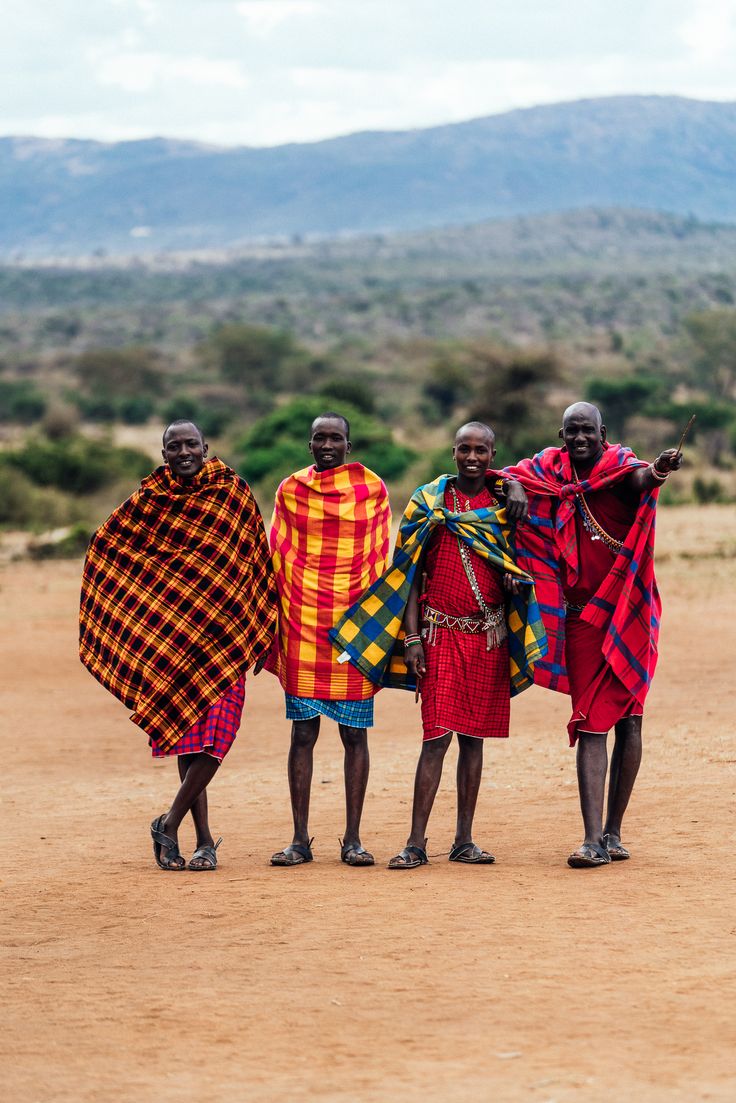
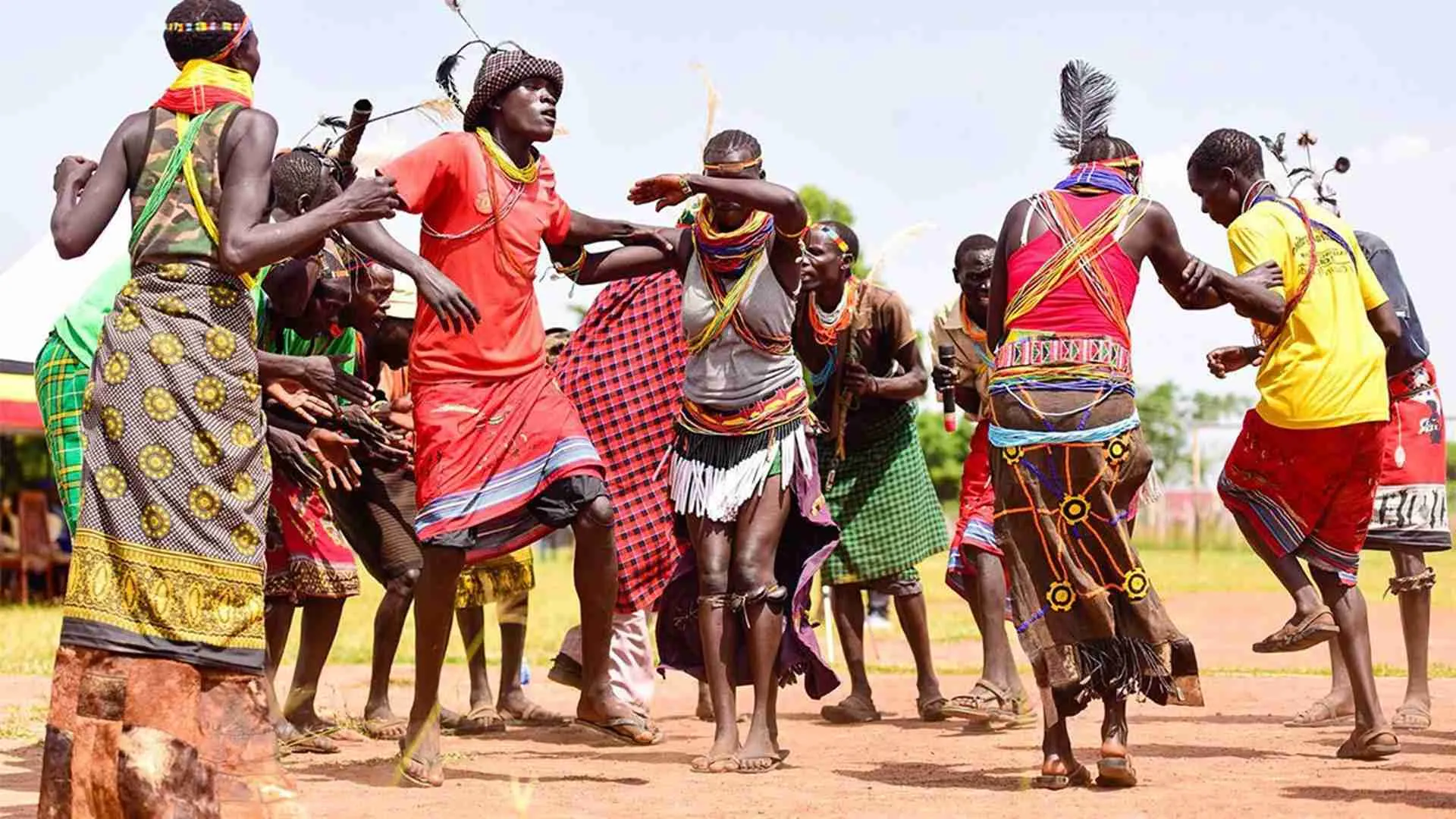
Bird Life
Kidepo Valley has a very impressive bird list of more than 470 species, the second-highest population of any Ugandan reserve, following only Queen Elizabeth National Park.
Sixty birds on its list haven’t been recorded in any other Ugandan park. No comprehensive survey has been done, so visitors could easily see some species not previously recorded for the park.
Kidepo is especially good for spotting raptors, with 56 species on record. Migratory birds are present from November to April.
The Bird Species include Ostrich, Kori bustard, red and yellow barbet, Karamoja Apalis, pygmy falcon, white bellied go away bird, red throated bee-eater, Jacksons hornbill, black breasted barbet, chestnut weaver among others.
